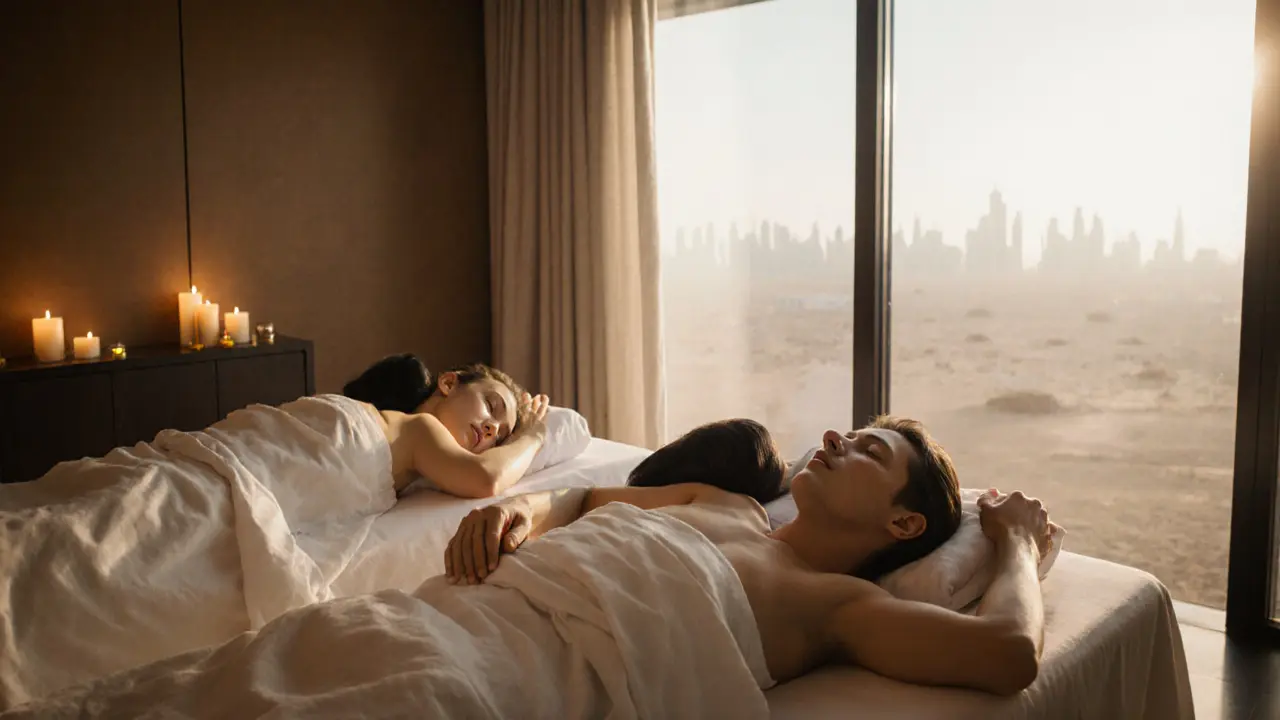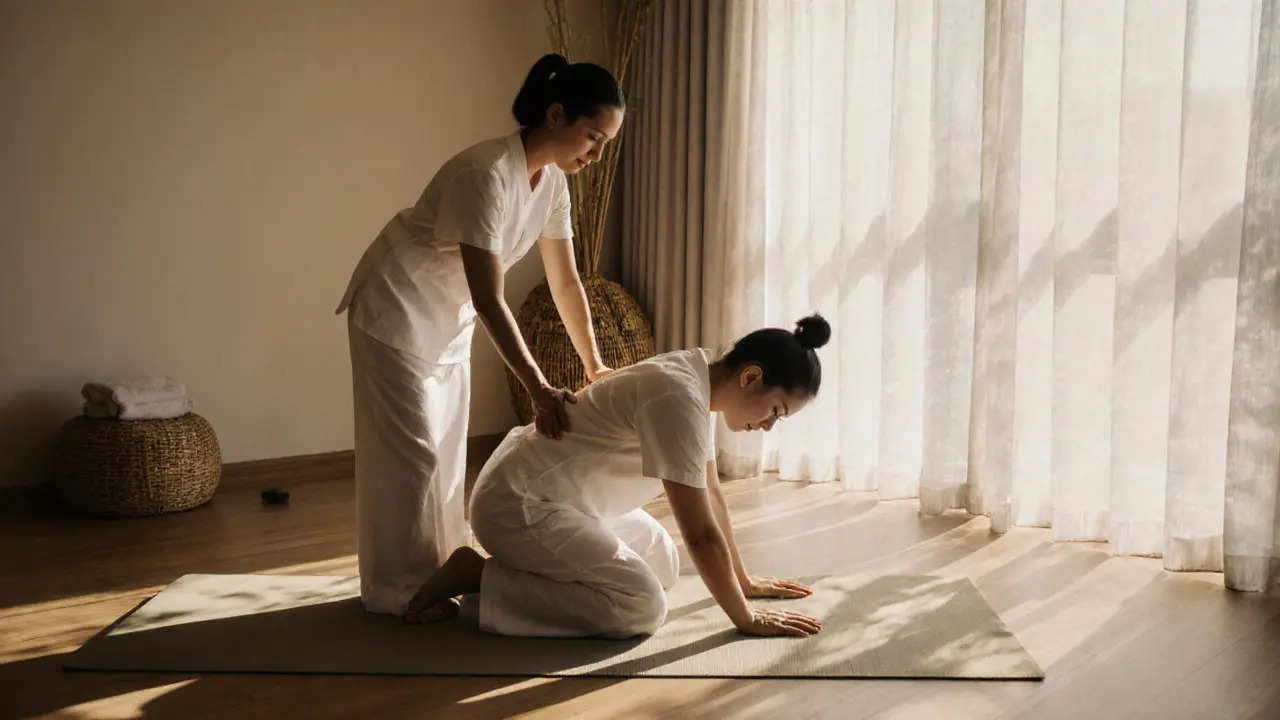Contraindications for Spa and Massage Treatments in Dubai
When you think of a contraindication, a condition or factor that makes a particular treatment inadvisable or potentially harmful. Also known as medical warning signs, it’s not about saying no to relaxation—it’s about making sure your body can handle it safely. In Dubai, where luxury spas are everywhere and wellness is part of daily life, skipping a massage isn’t weakness—it’s smart. If you have high blood pressure, an open wound, or just had surgery, pushing through a session can do more harm than good. Many people assume all spas are the same, but Dubai has strict rules around health and safety, and professional therapists are trained to spot red flags before they become emergencies.
Spa treatments like cupping, a therapy using suction cups to increase blood flow and relieve muscle tension. can trigger dizziness or nausea if you’re dehydrated or have low blood pressure. Moroccan hammams, a traditional steam and scrub ritual originating from North Africa. aren’t safe for pregnant women in their first trimester, or anyone with heart conditions, because the heat can overtax the system. Even something as simple as a full body massage, a therapeutic treatment involving pressure and manipulation of muscles and soft tissues. can be risky if you’re on blood thinners or have recently had a blood clot. These aren’t myths. These are real, documented risks that clinics in Dubai are legally required to screen for.
What You Should Never Ignore
Don’t brush off a throbbing headache before your session. Skip the steam room if you’re sick with a fever. Avoid deep tissue work if you have recent bruises or skin infections. If you’ve had a stroke, heart attack, or are undergoing chemotherapy, your body is already under stress—adding heat, pressure, or intense movement can push it too far. Dubai’s best spas don’t just offer pampering—they ask questions. They check your health history. They adjust pressure. They say no when needed. That’s professionalism.
You’ll find posts here that cover exactly what to watch for—whether it’s why you feel sick after cupping, whether it’s safe to get a massage after steaming, or if a Moroccan bath is okay if you’re diabetic. These aren’t generic lists. They’re real experiences from people who learned the hard way. The goal isn’t to scare you off spas—it’s to help you walk in prepared, informed, and safe. Because the best spa day is the one you walk out of feeling better, not worse.






